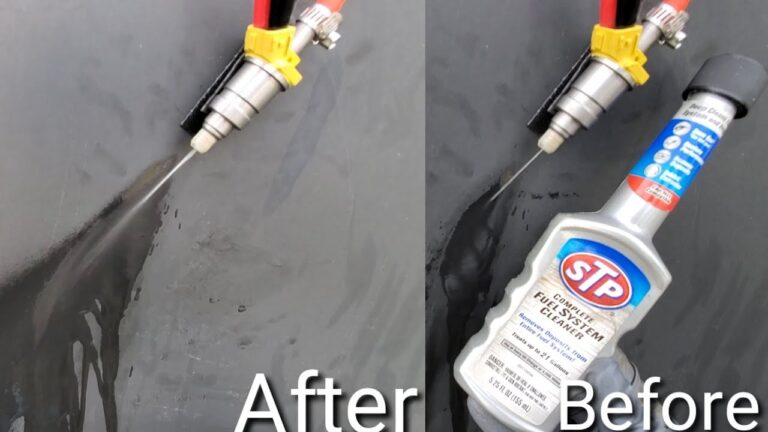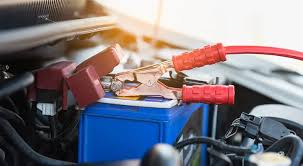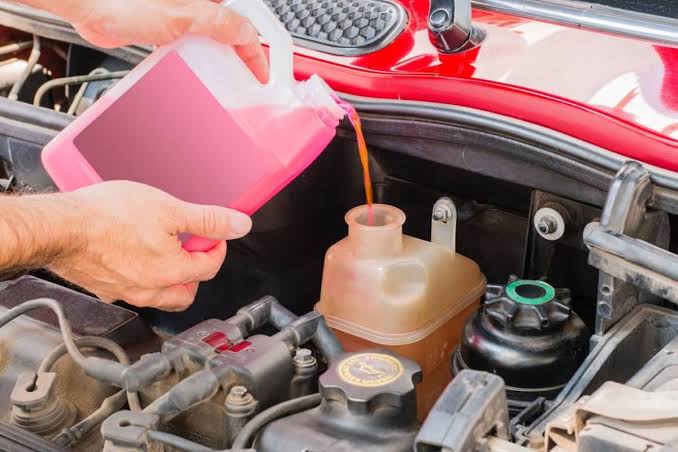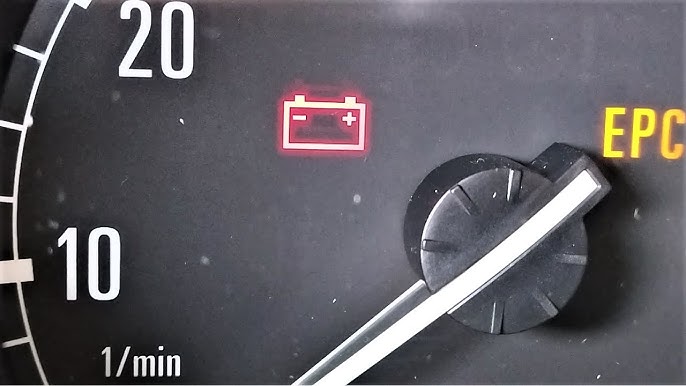Does The Coolant Reservoir Need To Be Full?

When it comes to maintaining your vehicle, one of the essential fluids you need to keep an eye on is coolant. Coolant helps regulate your engine’s temperature, preventing it from overheating and ensuring that it runs efficiently. One common question that car owners often ask is, “Does the coolant reservoir need to be full?” In this article, we’ll explore why the coolant reservoir is important, what it means for it to be “full,” and whether or not you need to keep it completely topped off.
What Is the Coolant Reservoir?
The coolant reservoir (sometimes referred to as the coolant overflow tank) is a container located in your car’s engine bay. It holds excess coolant that is pushed out of the radiator as the engine heats up. When the engine cools down, the coolant is drawn back into the radiator from the reservoir to maintain the proper level. The coolant reservoir serves as a safe place for coolant to expand and contract during temperature fluctuations.
Coolant, a mixture of water and antifreeze, helps regulate the engine’s temperature. If the engine gets too hot, coolant absorbs the excess heat and prevents it from causing damage. If the coolant level in the radiator drops too low, the system may not work efficiently, leading to overheating.
Does the Coolant Reservoir Need To Be Full?
The coolant reservoir does not need to be completely full all the time, but it is important to ensure that it is within the “MIN” and “MAX” lines marked on the tank. Here’s what you need to know:
1. Ideal Coolant Level
Your coolant reservoir should typically be filled to the MAX line. However, it’s important to note that the exact amount needed may vary depending on the type of vehicle and the ambient temperature.
- MIN Line: This is the minimum safe level for coolant. If your coolant drops to this level, you should top it off as soon as possible to avoid running the engine with insufficient coolant.
- MAX Line: This is the maximum safe level. The coolant reservoir should ideally be filled to this point, but it’s normal for the level to fluctuate slightly between the MIN and MAX lines depending on the engine’s temperature.
If your coolant reservoir is consistently too low, it could be a sign of a leak or an issue with the cooling system, and you should have it checked immediately.
2. Expansion and Contraction of Coolant
Coolant expands as it heats up and contracts as it cools down. When your engine is running and the coolant gets hot, it may overflow into the coolant reservoir. This is why the coolant reservoir needs to have some space to accommodate this expansion. Once the engine cools down, the coolant contracts and is drawn back into the radiator.
That means, as long as the coolant is between the minimum and maximum lines, it should be operating as intended. It doesn’t need to be completely full all the time.
3. Why Should You Avoid Overfilling the Coolant Reservoir?
While it’s important to keep your coolant reservoir at the right level, overfilling can cause problems. When the engine heats up, the coolant will expand, and if there isn’t enough space in the reservoir, it could lead to overflow, causing excess pressure in the cooling system. Overfilling can also lead to coolant leaks or damage to the reservoir.
If you notice coolant spilling over, it could indicate that the system is overfilled or that there is an issue with the pressure cap or the coolant system.
4. Low Coolant Levels Can Cause Overheating
On the other hand, low coolant levels can lead to the engine overheating. When the coolant is too low, it can’t adequately absorb the heat generated by the engine, leading to high temperatures and potential engine damage. If your coolant reservoir consistently reads low, you might have a slow leak or an issue with the cooling system that needs to be addressed.
How to Check the Coolant Reservoir Level
Checking the coolant reservoir level is an easy task that you can do yourself:
1. Wait for the Engine to Cool
Before opening the coolant reservoir, make sure the engine is completely cool. Opening it while the engine is hot can result in hot coolant spraying out and causing burns or injuries.
2. Locate the Coolant Reservoir
Find the coolant reservoir in your vehicle’s engine bay. It is typically a translucent plastic tank with markings for minimum and maximum coolant levels.
3. Inspect the Coolant Level
Look at the coolant reservoir to check if the coolant level is between the MIN and MAX lines. If the level is below the MIN line, you’ll need to top it off.
4. Top Off the Coolant if Needed
If the coolant level is low, add the appropriate coolant mixture to bring it up to the MAX line. Be sure to use the recommended type of coolant for your vehicle, which you can find in the owner’s manual.
5. Check for Leaks
If you notice that the coolant level is consistently low, it could indicate a coolant leak. Look for signs of leaks around the radiator, hoses, or the reservoir itself. If you suspect a leak, it’s important to have it repaired as soon as possible to avoid overheating.
What to Do if Your Coolant Reservoir is Empty
If you discover that the coolant reservoir is empty, you should not drive the car until it’s filled with the correct amount of coolant. Driving with no coolant can cause severe damage to the engine, as it will not be able to properly regulate its temperature.
Here’s what you should do if the coolant reservoir is empty:
- Check for Leaks: Inspect the radiator and hoses for visible signs of coolant leaks. If you notice any leaks, you should repair them before refilling the coolant.
- Add Coolant: If there are no visible leaks, you can top off the coolant yourself. Use the right type of coolant as recommended in your vehicle’s manual.
- Seek Professional Help: If you don’t feel comfortable adding coolant yourself or if the system continues to run low, have a mechanic inspect the cooling system to ensure everything is functioning properly.
Conclusion
In summary, the coolant reservoir does not need to be completely full all the time, but it should be maintained within the MIN and MAX lines for proper functioning. The coolant system is designed to allow the coolant to expand and contract, so you don’t need to worry about having it completely full all the time. However, keeping an eye on the level is important to ensure your engine remains properly cooled and doesn’t overheat. If the level is low, top it off; if it’s consistently low or empty, check for leaks or seek professional assistance to avoid damaging your engine.
Also Check:
• Does a Car Need to Be Running When Adding Coolant?





